According to a report by the Ministry of Agriculture and Rural Development, as of June 30, 2024, there were 752 fertilizer factories and facilities nationwide. However, the actual annual production output only reached 35-40% of the registered output, and some types of fertilizers that could not be produced had to be completely imported from abroad.
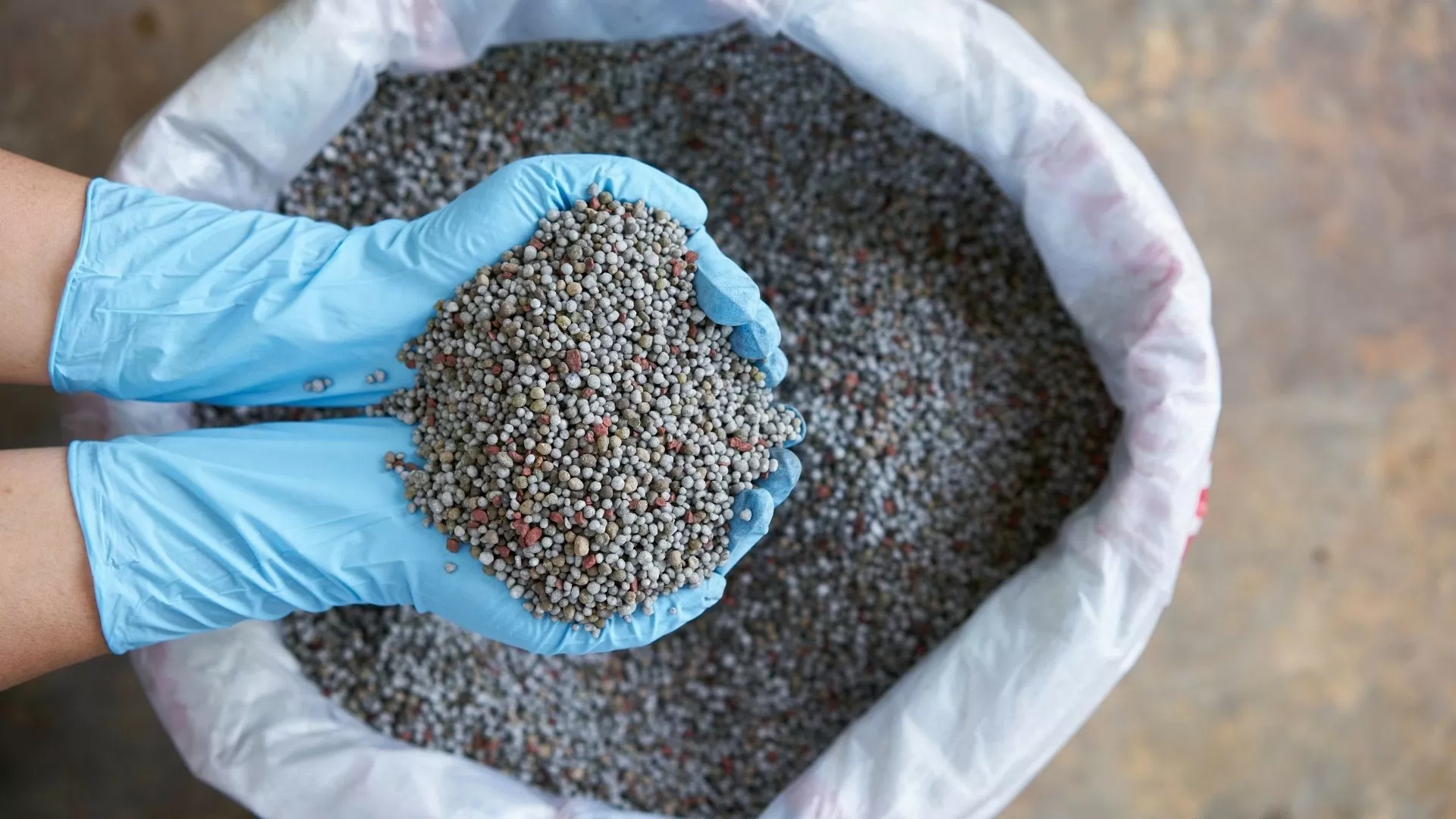 |
| Some types of fertilizer still have to be completely imported from abroad. Photo: Danviet.vn |
According to the General Department of Customs, in the first 8 months of 2024, Vietnam's imported fertilizer volume reached nearly 3.5 million tons, worth nearly 1.14 billion USD, with an average import price of 324 USD/ton.
Dependence on external supply sources not only occurs in the fertilizer industry, but also in the animal feed industry. In the first 8 months of 2024, corn imports of all kinds reached over 6.93 million tons, worth over 1.72 billion USD; imports of animal feed and raw materials amounted to 3.32 billion USD, while exports of this group of goods were very "dripping", reaching only 0.67 billion USD. With that result, the animal feed industry had a trade deficit of 2.65 billion USD... Last year, Vietnam also imported nearly 3 billion USD of corn, imported nearly 5 billion USD of raw materials and animal feed.
Meanwhile, Vietnam's rice exports, despite being one of the world's leading countries, will only reach about 4.7 billion USD in 2023 and 3.85 billion USD in the first 8 months of 2024. Thus, Vietnam's current demand for corn for animal feed is very large, mainly still imported, increasing every year, while the corn growing area in the country is decreasing. We import corn from the US, Argentina, Brazil, and even import corn from Laos, Cambodia and Thailand.
This raises many concerns about the causes and solutions to increase domestic fertilizer production output to ensure adequate supply, reduce input costs and increase profits for farmers; as well as how far has the planning and management of animal feed raw material development areas and the project to increase self-sufficiency in raw materials for the production of this product been implemented?
An expert in agriculture and rural development admitted that in recent times, farmers have repeatedly complained about issues related to input materials, including fertilizers, and why we have to import large quantities.
This is because there are raw materials that we cannot produce domestically and when participating in a chain of industries, for businesses, whichever is cheaper, they have to buy to reduce costs. This is also a way for businesses to reduce input costs for raw materials from imported raw materials to produce finished products such as fertilizers or medicines.
The Ministry of Agriculture and Rural Development has also worked with fertilizer associations to be more proactive in the process of creating raw materials to reduce dependence, but this is a long-term issue, especially towards the transition from inorganic fertilizers and pesticides to organic fertilizers and pesticides, biological fertilizers and pesticides. At that time, it is not only a matter of importing raw materials to produce input materials, but also moving towards organic agriculture, all input materials must also be organicized.
Explaining why Vietnam is an agricultural country, but every year it still has to spend billions of dollars importing animal feed and raw materials for animal feed production, in a meeting of the National Assembly Standing Committee, Minister of Agriculture and Rural Development Le Minh Hoan said that each country has a different competitive advantage, creating different product prices. The corn growing area in our country is calculated on a perch or hectare unit, while the corn growing area in the United States and Brazil is calculated on a thousand hectares per farm.
The larger the scale, the cheaper the price. Importers must also consider the price when using or processing. If we produce at a high price, the raw materials will be high. At the same time, we still process those imported raw materials for export, including exporting fertilizers, exporting medicine and exporting raw materials.
According to experts, the main reason for the above situation is due to the limited capacity of domestic raw material production, high cost, not meeting the demand for industrial animal feed production in particular and the livestock industry in general. Due to the main dependence on imported raw materials, domestic animal feed prices are always directly affected by fluctuations in world feed material prices.
In the context that animal feed prices determine nearly 70% of the cost, it is necessary to have a fundamental and long-term orientation for this issue, gradually becoming self-sufficient under certain conditions.
Recently, corporations specializing in processing animal and aquatic feed have come to localities to cooperate in creating raw material areas for growing corn and soybeans, which are the main raw materials for producing animal feed.
But in addition to accelerating the construction of animal feed raw material areas, ending the situation of "rationing" and dependence on imported raw materials, it is necessary to improve warehouses and logistics systems to increase the competitiveness of the livestock industry.
Source: https://congthuong.vn/le-thuoc-nguon-cung-ben-ngoai-cau-chuyen-khong-chi-voi-nganh-phan-bon-349618.html



![[Photo] President Luong Cuong and the King of Belgium witness the Vietnam-Belgium document exchange ceremony](https://vstatic.vietnam.vn/vietnam/resource/IMAGE/2025/4/1/df43237b0d2d4f1997892fe485bd05a2)
![[Photo] Official welcoming ceremony for the King and Queen of the Kingdom of Belgium](https://vstatic.vietnam.vn/vietnam/resource/IMAGE/2025/4/1/9e1e23e54fad482aa7680fa5d11a1480)
![[Photo] National Assembly Chairman Tran Thanh Man meets with King Philippe of Belgium](https://vstatic.vietnam.vn/vietnam/resource/IMAGE/2025/4/1/c6fb3ef1d4504726a738406fb7e6273f)
![[Photo] President Luong Cuong meets with King Philippe of Belgium](https://vstatic.vietnam.vn/vietnam/resource/IMAGE/2025/4/1/1ce6351a31734a1a833f595a89648faf)
![[Photo] Queen of the Kingdom of Belgium and the wife of President Luong Cuong visit Uncle Ho's Stilt House](https://vstatic.vietnam.vn/vietnam/resource/IMAGE/2025/4/1/9752eee556e54ac481c172c1130520cd)
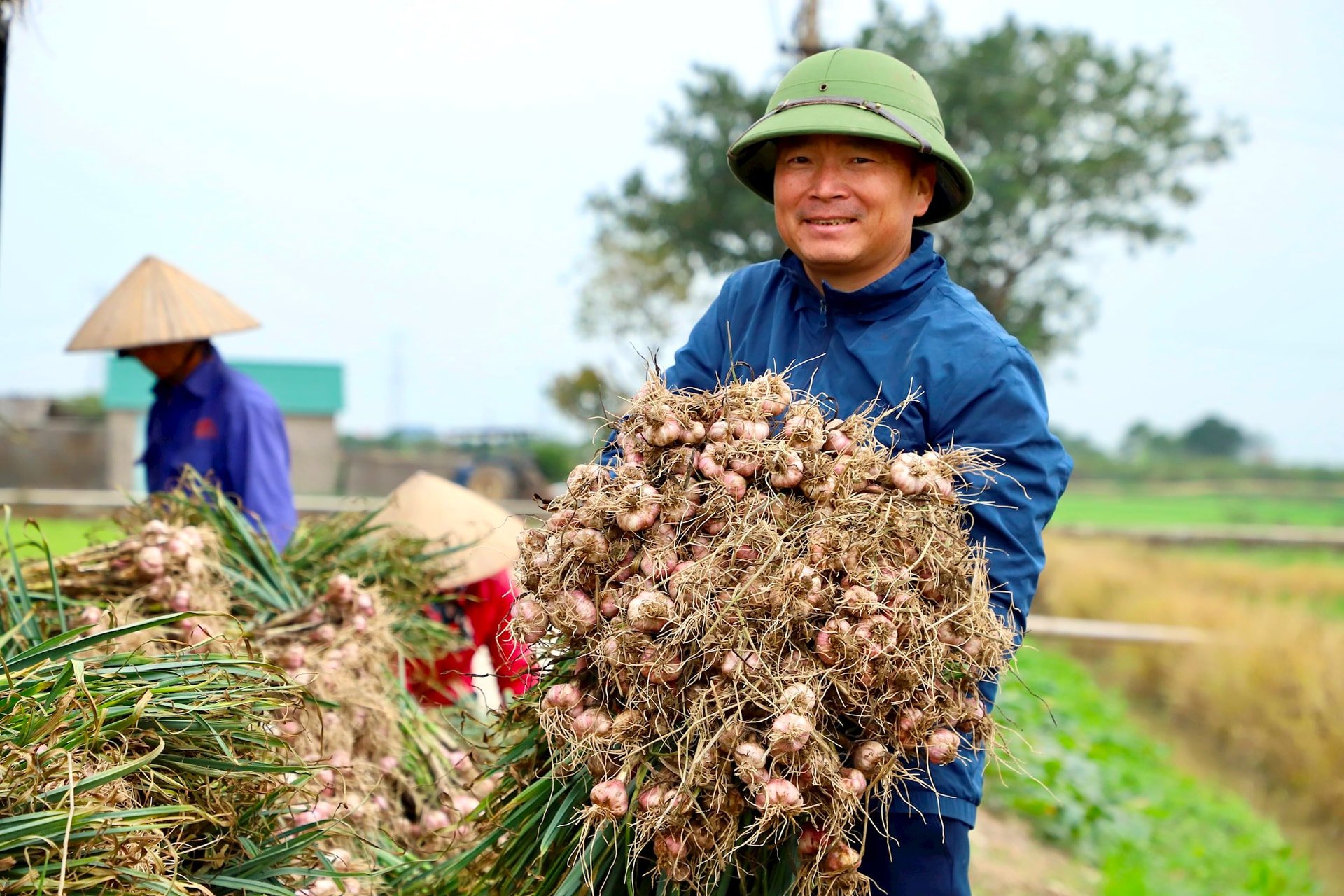

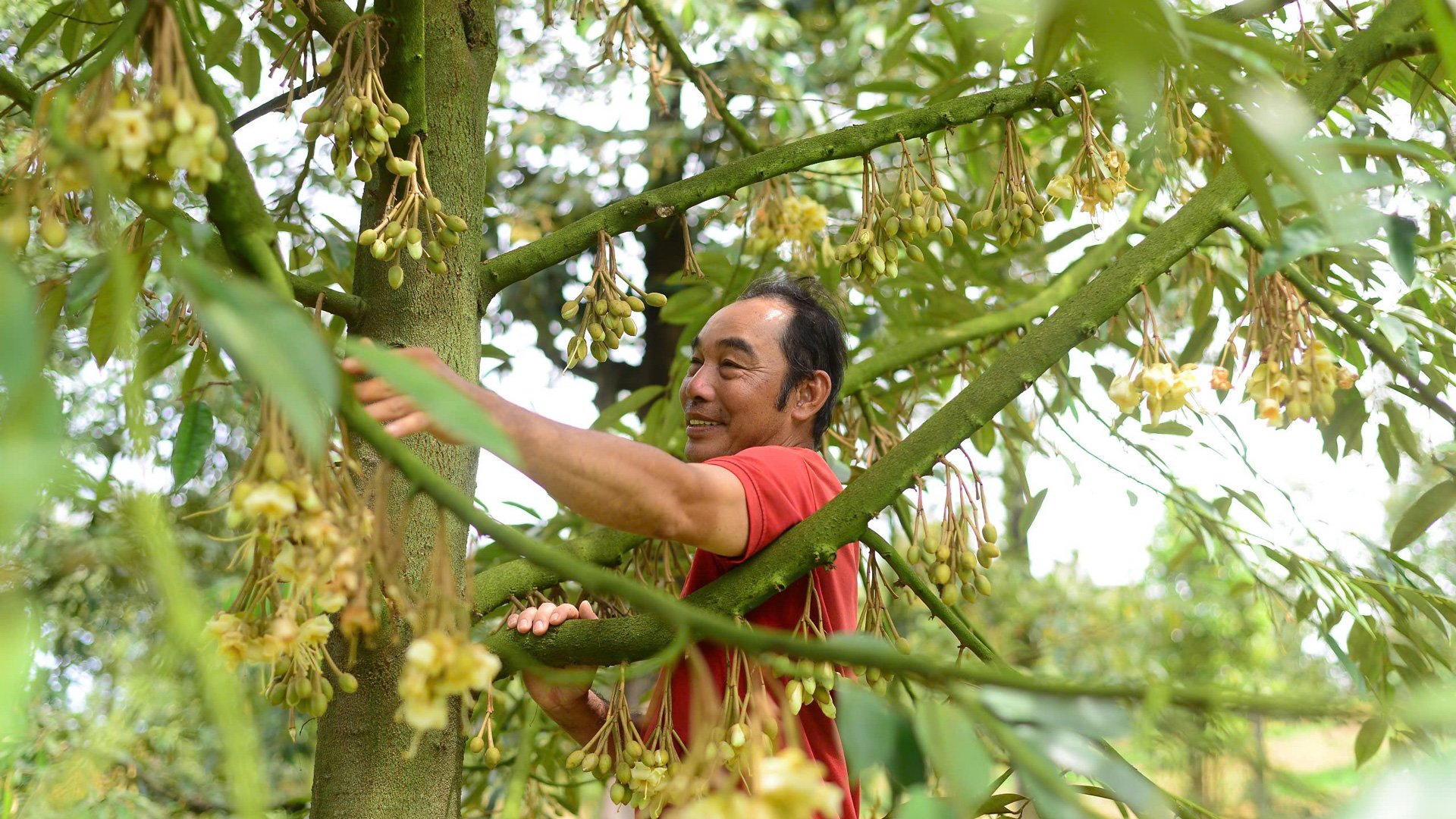



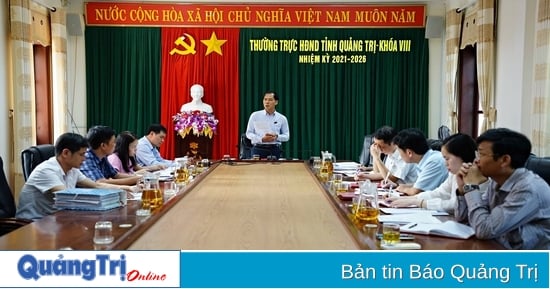








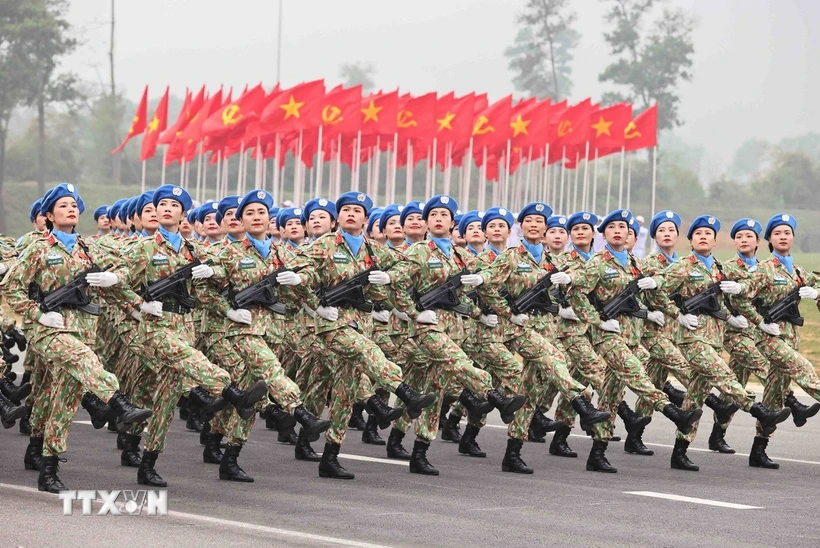

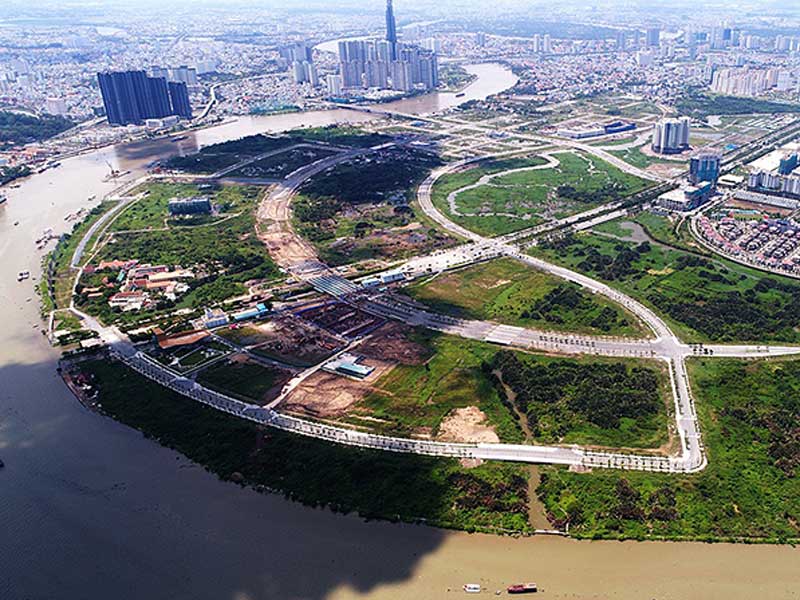



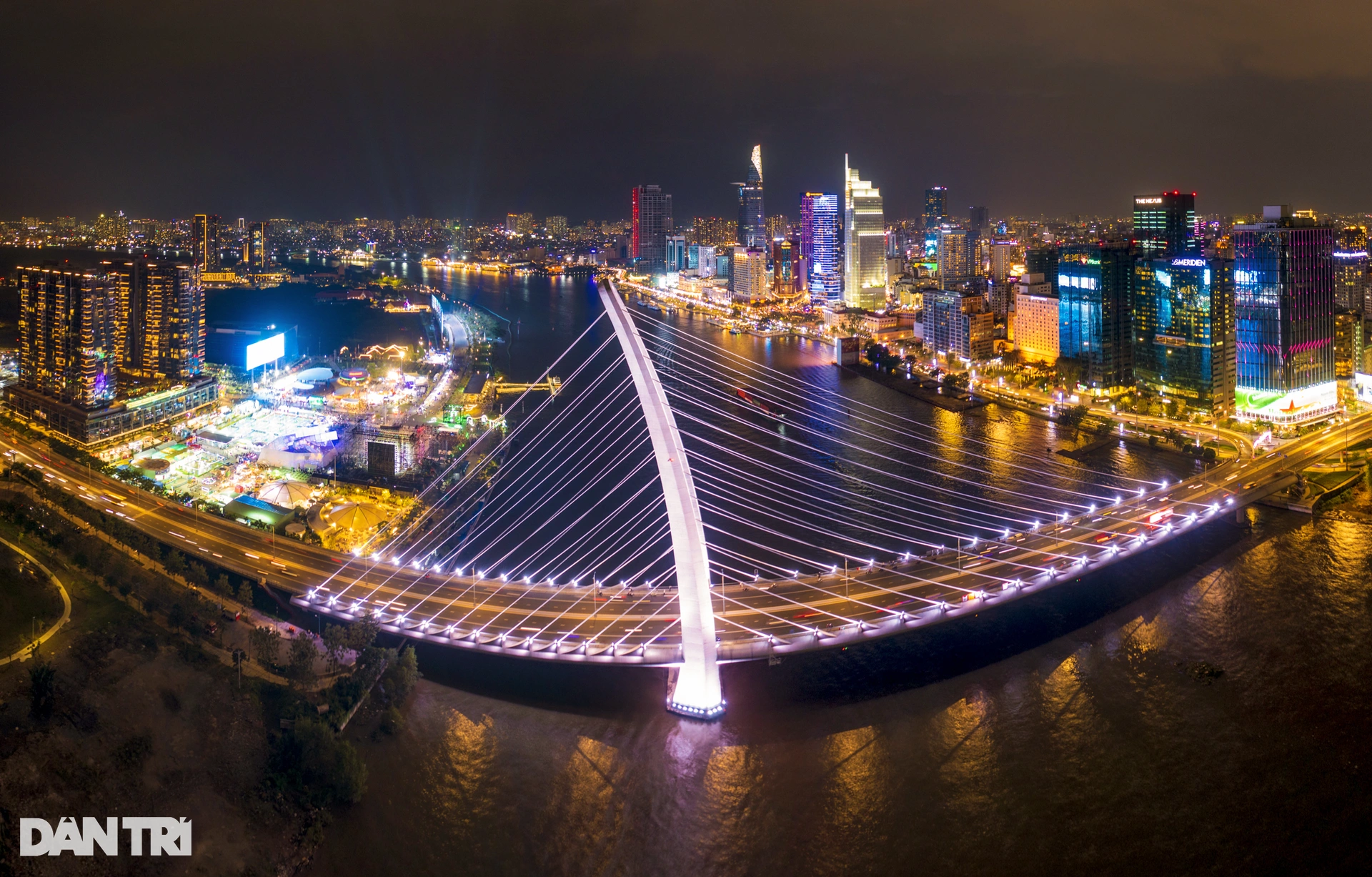

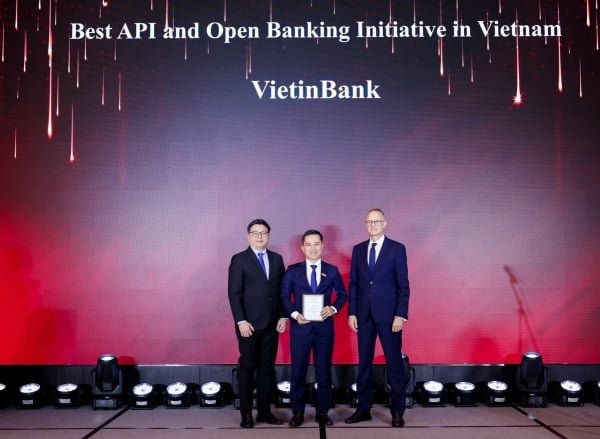

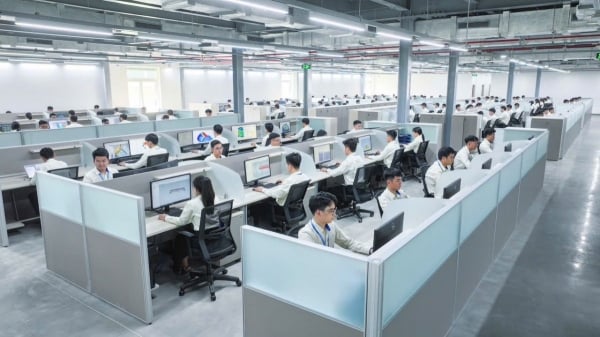













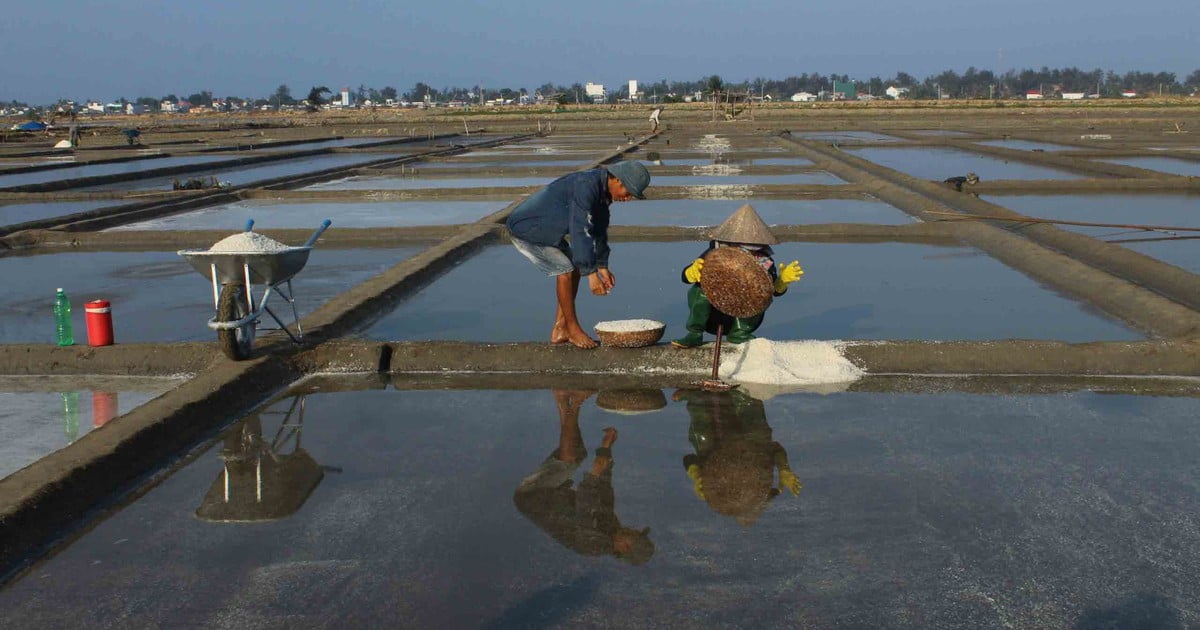



















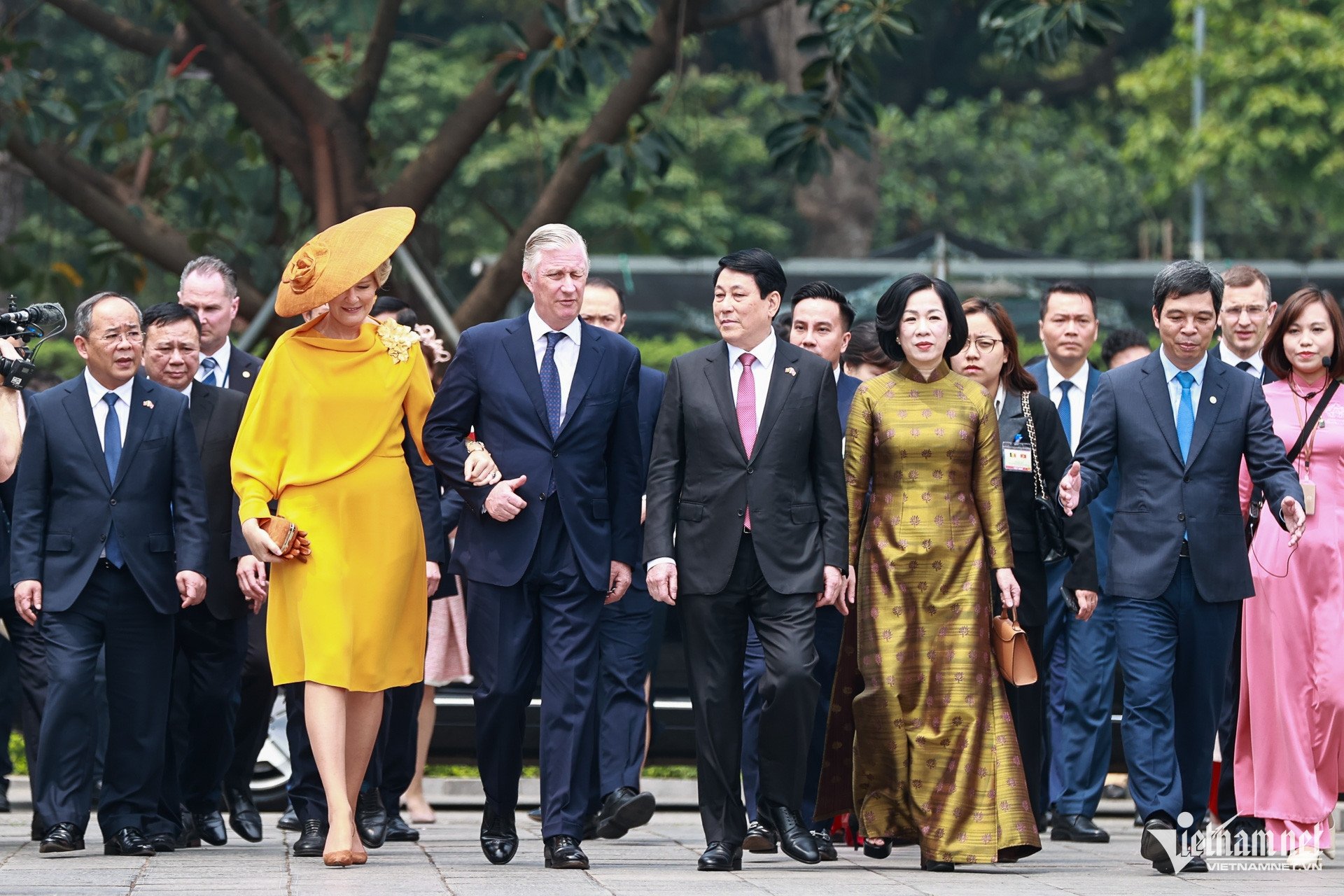



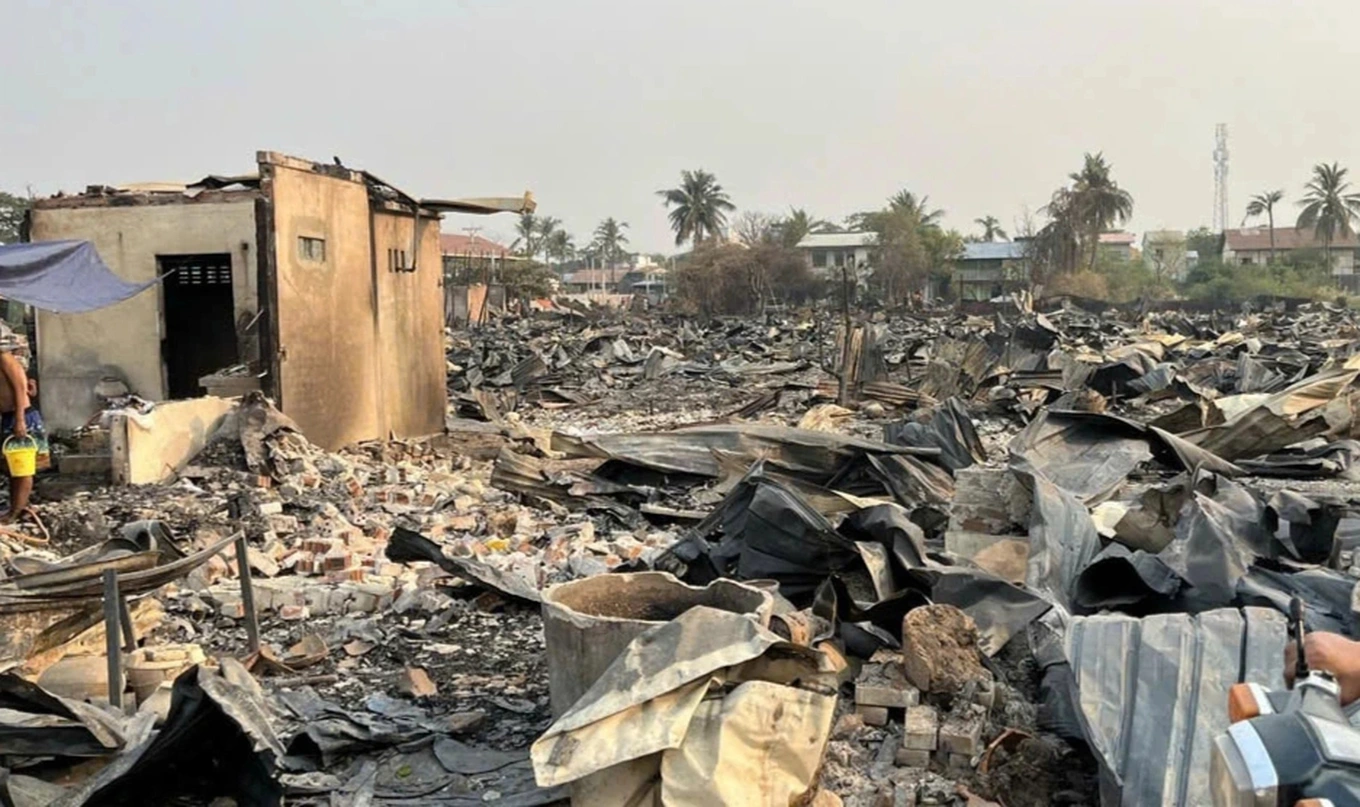
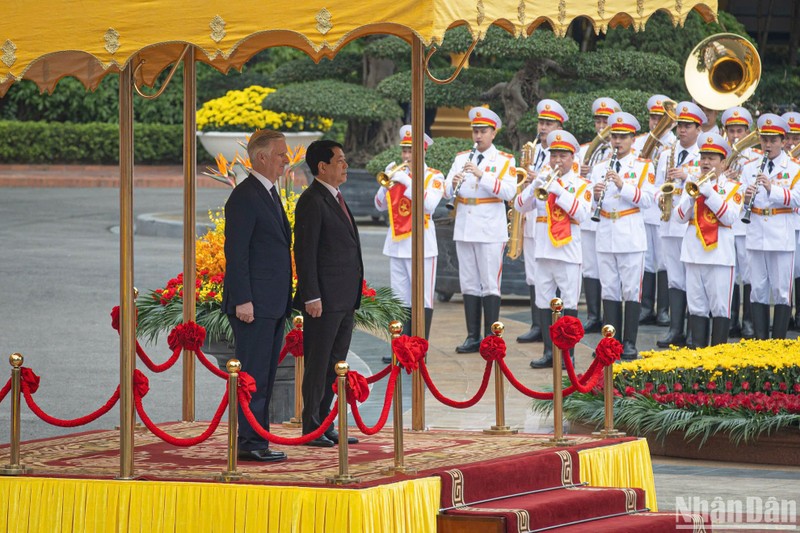
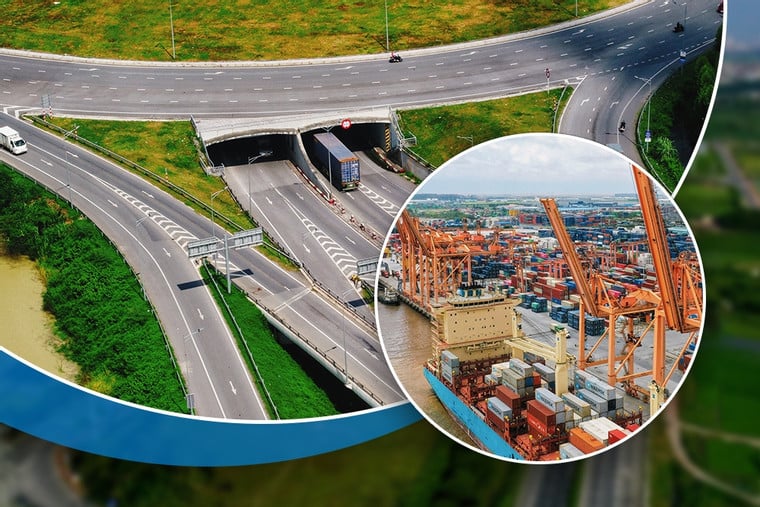






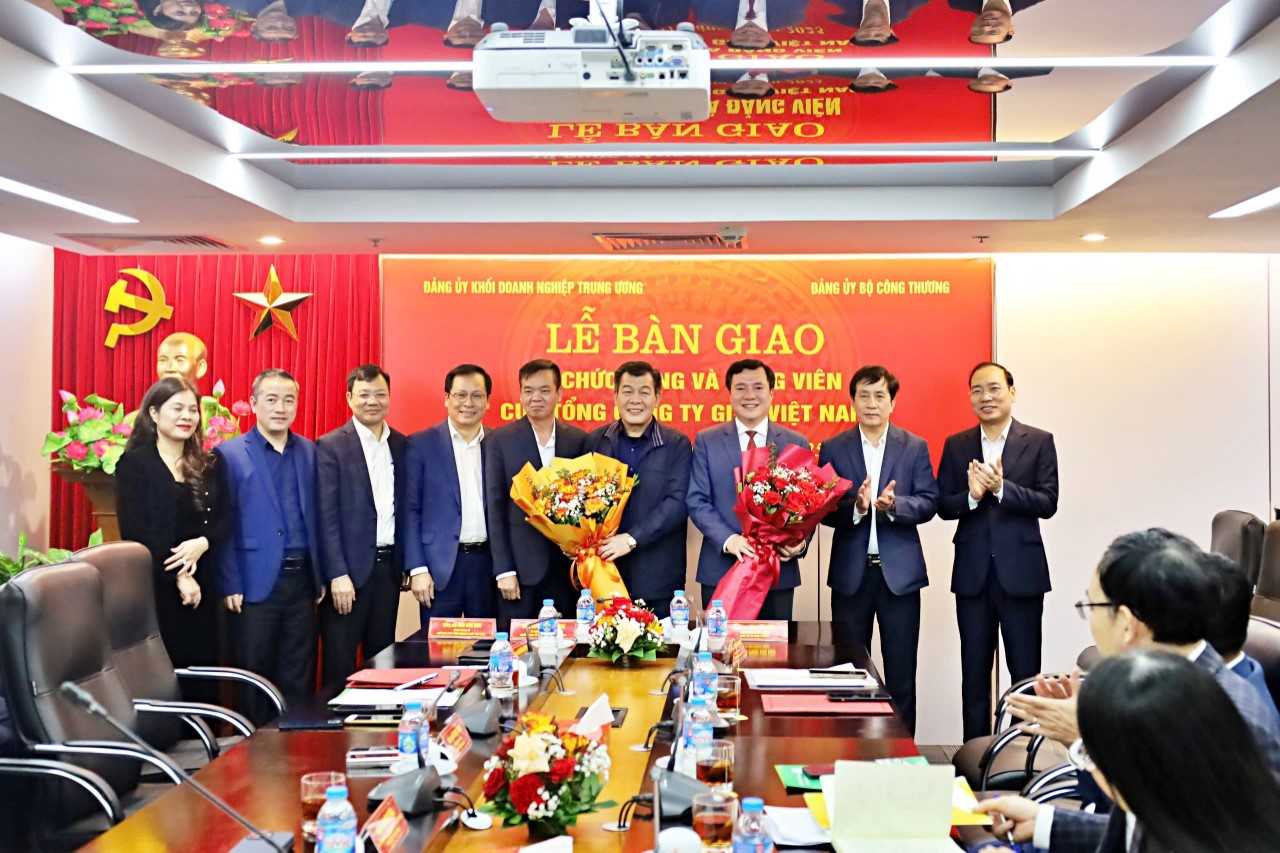

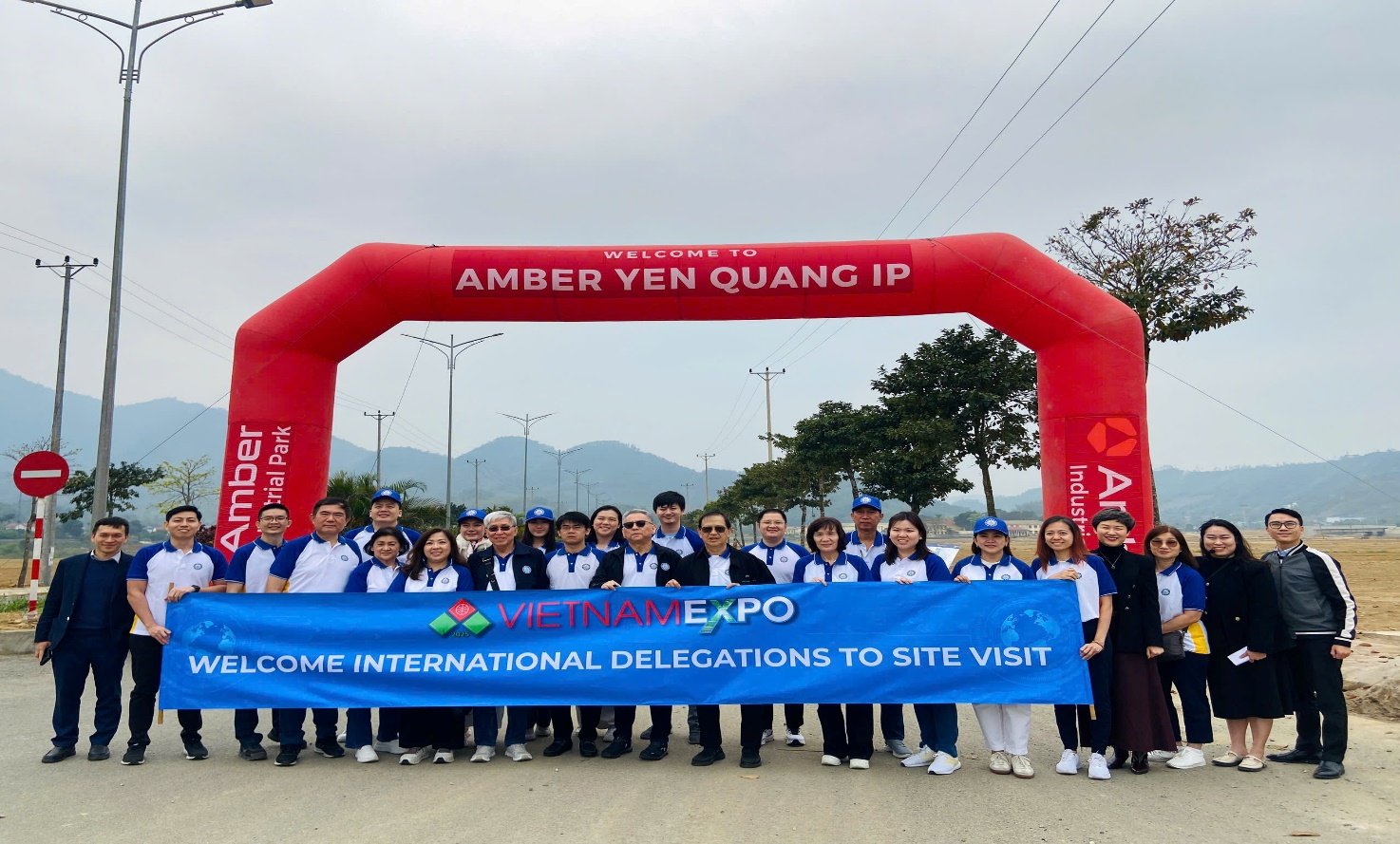






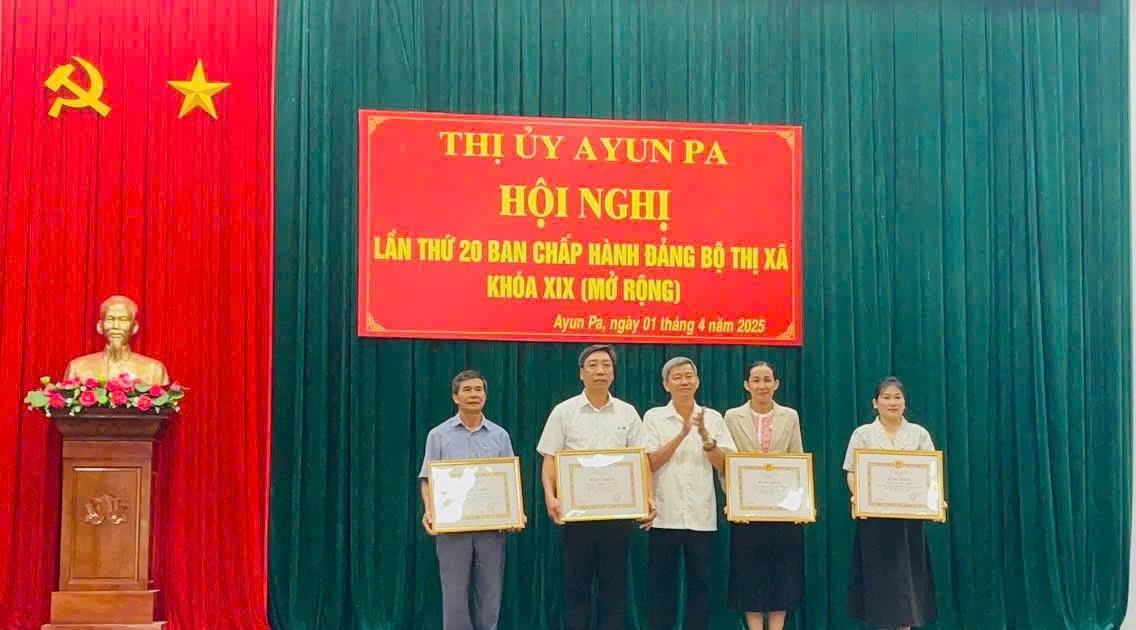



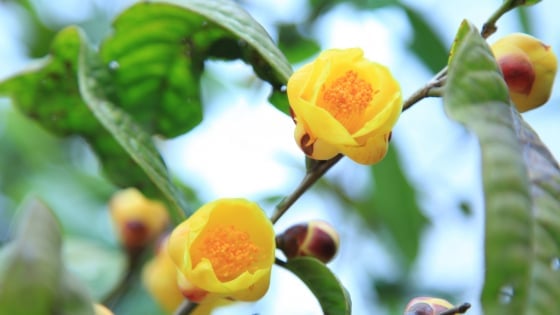

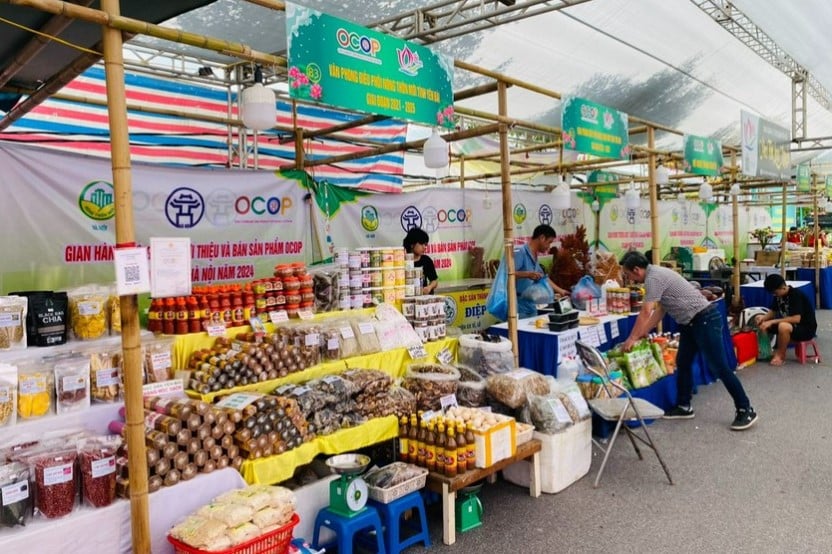
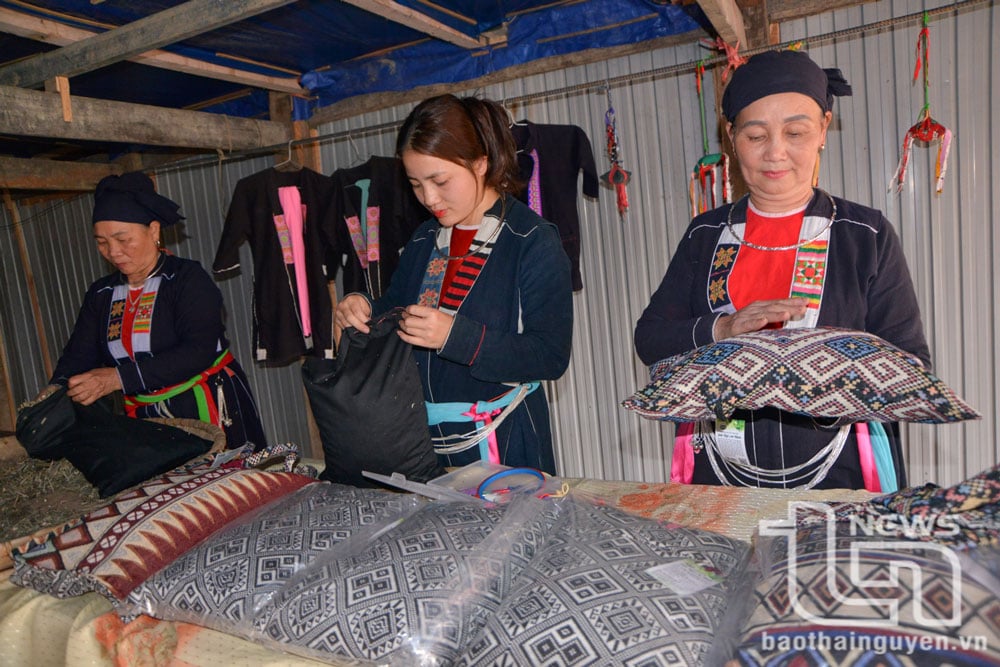



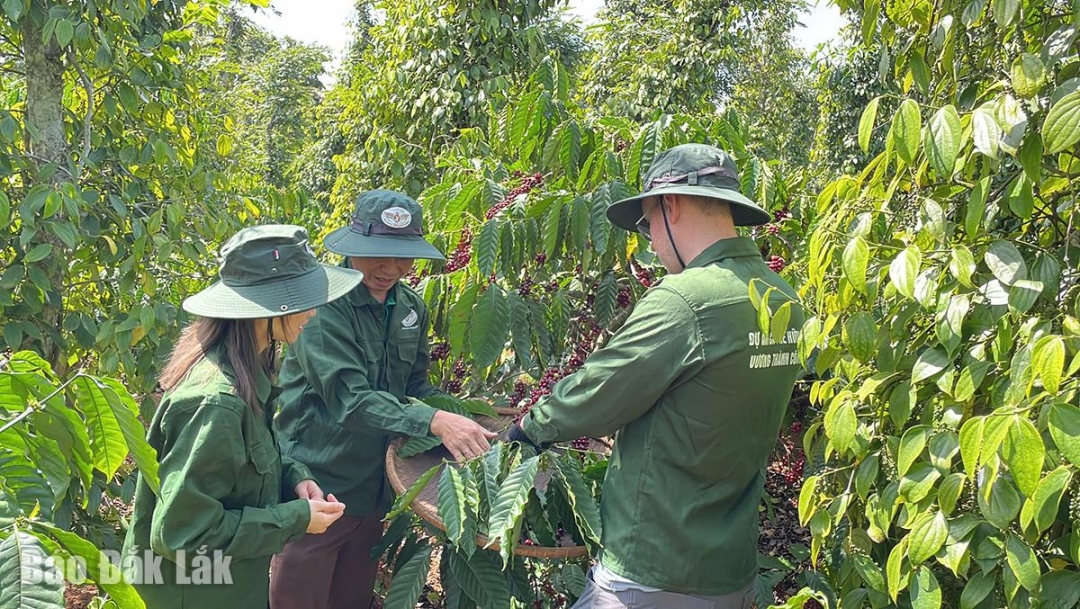
Comment (0)